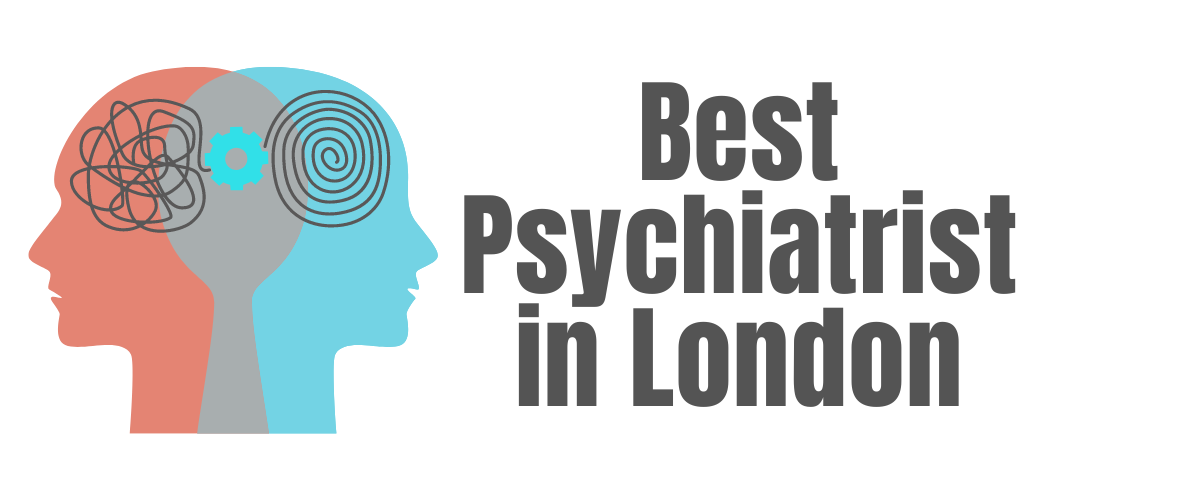Sleep: Tips to support parents.
We can probably all remember a time when we struggled with sleep as a child. This can be very stressful for parents, affecting their own sleep and causing distress throughout the family.
Significant sleep disturbance occurs in about 25% of children and adolescents. In some cases, disordered sleep can be related to a neurodevelopmental issue, such as autism or ADHD or the result of a mental disorder, such as anxiety or depression. However, most sleep problems in childhood are short lived and can be overcome with simple strategies.
- There are three basic primary sleep problems that can occur at any age in children and adolescents and for a variety of reasons, which include:
- Not sleeping well (insomnia or sleeplessness)
- Excessive daytime sleepiness or prolonged overnight sleeping
- Behaving in unusual ways, having strange experiences, or having strange movements at various stages of sleep
Tip One: Set consistent daytime routines and timings.
Parenting practices can influence young children’s sleep patterns: support may be needed to maintain a routine, set limits, and prevent reinforcement of patterns that may be maintaining sleep problems. For adolescents, stress and anxiety especially during pandemic in relation to education and friendships can be a triggering factor, leading to a racing mind and difficulty initiating or maintaining sleep at night. In younger children, fears around the virus may be more likely to trigger. Loss of daytime structure and routine will play an important role in driving sleep difficulties. So, one of the first steps that you can take to help a young person tackle insufficient sleep is to construct clear and consistent routines, timings, and boundaries. This means a regular bedtime routine that relaxes and prepares the child for bed with a regular time for going to bed and set time to wake up in the morning.Tip Two: Create a bedroom environment conducive to relaxation and sleep.
Construct a bedroom environment for them that is conducive to relaxation and sleep. Try and just keep the bedroom for sleep, rather than using for multiple purposes, so child goes to bed when sleepy and only associates that room with sleeping and waking, getting dressed in the morning.Tip Three: Avoid stimulating activities, food & drinks near bedtime.
It is important to steer away from any stimulating activities, foods or drinks near bedtime that might interfere with routines and boundaries. In the last two hours before bedtime, avoid stimulating activities such as TV, video games, or any other form of screen-time an hour before sleep. Unhealthy treats such as fizzy drinks should also be avoided.Tip Four: Tackle any negative associations around sleeplessness.
It is common for everyone to get distressed or irritated when sleep doesn’t come easily. Try to reduce the chance of negative associations around sleep by only putting the child in the bedroom when sleepy, following your nightly routine, to minimize the chance of them lying awake in bed unable to sleep. These are very simple tips, if more support is needed, therapy could be considered. Cognitive behavioral therapy for insomnia (CBT-i) is an evidence-based treatment that is effective for insomnia.
About Author:
Dr Gabrielle Pendlebury is a child and adolescent psychiatrist specializing in neurodevelopmental disorders such as autism and ADHD. She is the Clinical Director for psychiatric services at Onebright (Onebright.com), one of the UK’s leading providers of mental health services.
Contact: Dr Gabrielle Pendlebury
